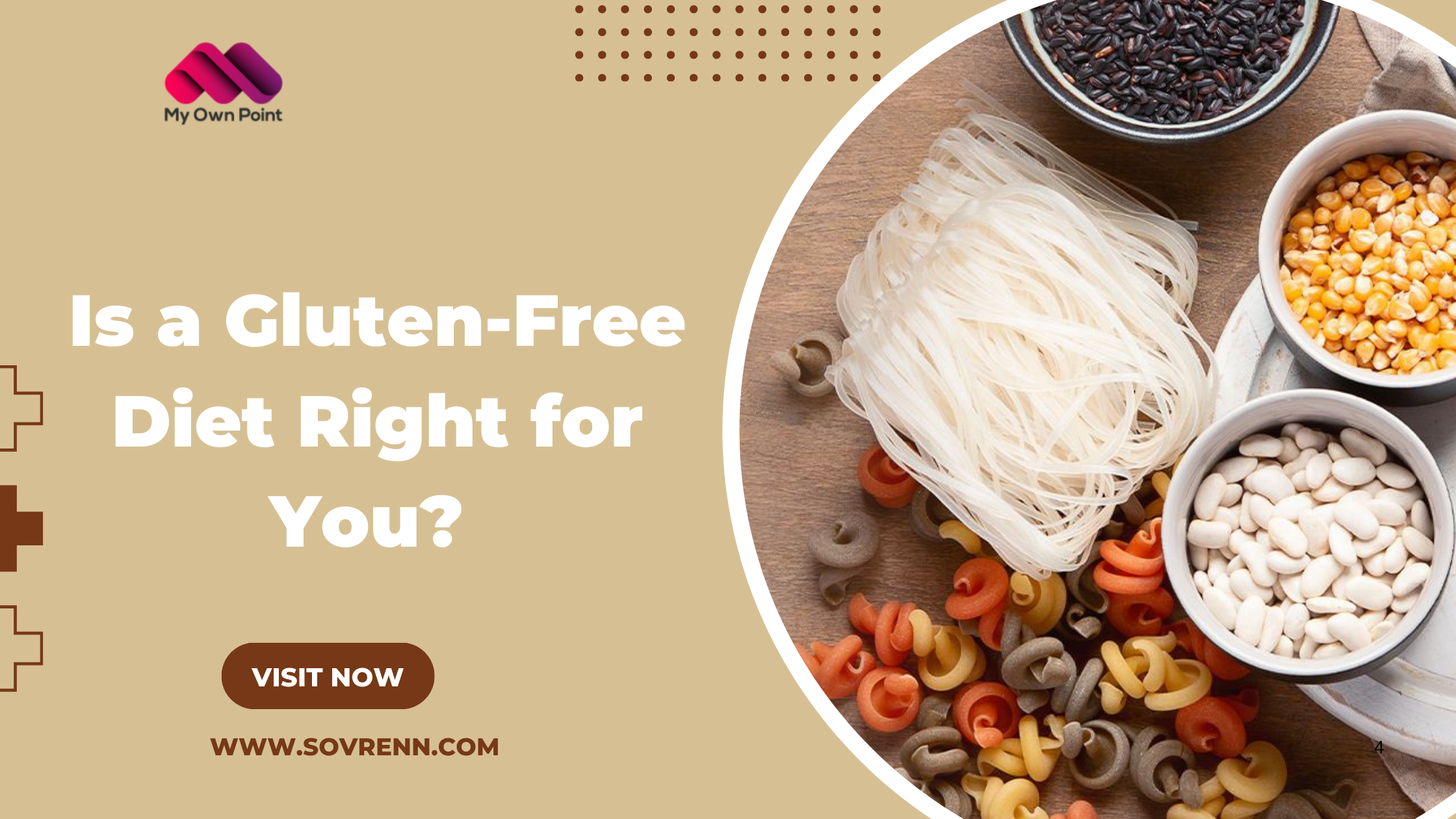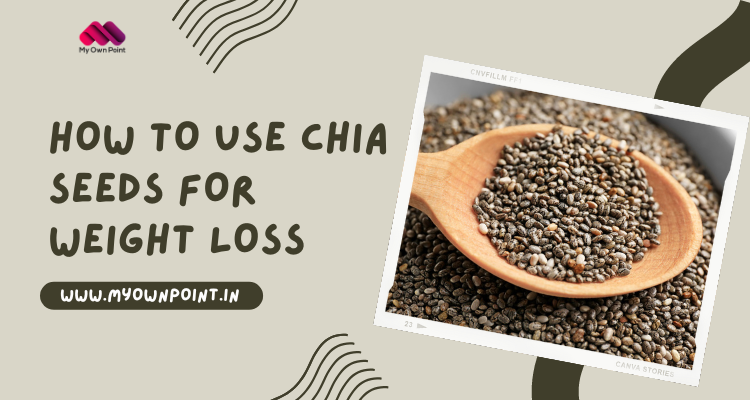Is saturated fat good for health? This question arises when people are on a diet but want junk food simultaneously. Fat is an important nutrient for the body. It helps with various functions, including storing vitamins and minerals from food. But people still know the harmful effects of excess intake of saturated fats, such as an increased risk of heart disease and obesity. It is considered unhealthy and is often grouped with trans fat.
You can find saturated fat mainly in palm oil, coconut oil, butter, red meat, and cheese. They recommend eating more unsaturated fats and less saturated fat. What most people don’t know, however, is that many of their favorite foods secretly contain these unhealthy fats.
Also Read: Chukandar and Amla Juice Benefits for Skin: Boost Your Radiance
What is Saturated Fat ?
Saturated fat is a dietary fat found primarily in animal products and some plant sources. They are made up of carbon atoms bonded together in a “saturated” manner, meaning they have no double bonds between carbon atoms. This structural property gives in solid or semi-solid form at room temperature. In the context of diet and health saturated fat meaning potential effects on cardiovascular health. Although not all these are bad, diets high in these fats can increase cholesterol levels, leading to heart disease.
How Much Saturated Fat Per Day ?
According to the American Heart Association, the recommended limit of saturated fats should make up no more than 5–6% of your daily caloric intake. For someone eating a 2,000-calorie diet, that’s about 11 to 13 grams daily.
The Top 10 Foods Packed with Saturated Fat
Here’s a simple list of foods rich in saturated fat, categorized for clarity:
1- Animal-Based Sources
- Dairy Products:
- Butter
- Cheese (e.g., cheddar, brie, Parmesan)
- Whole milk
- Heavy cream
- Sour cream (full-fat)
- Ice cream
- Meat and Poultry:
- Fatty cuts of beef (e.g., ribeye, brisket)
- Pork belly and bacon
- Lamb (e.g., lamb chops, lamb shoulder)
- Chicken or duck with skin
- Processed Meats:
- Sausages
- Salami, pepperoni
- Hot dogs
- Bologna
2- Plant-Based Sources
- Tropical Oils:
- Coconut oil
- Palm oil
- Palm kernel oil
- Nuts:
- Macadamia nuts
- Coconut (fresh or dried)
- Chocolate:
- Dark chocolate
- Milk chocolate
3- Processed and Packaged Foods
- Baked Goods:
- Croissants
- Pastries
- Cookies
- Muffins
- Cakes
- Snacks:
- Potato chips
- Popcorn (buttered)
- Candy bars (chocolate-based)
- Fried Foods:
- French fries
- Fried chicken
- Frozen Meals:
- Frozen pizza
- Pot pies
- Lasagna
4- Cooking Fats and Oils
- Lard
- Tallow (beef fat)
- Shortening
Also Read: Transform Boring H2O With Easy Infused Water Recipes for Ultimate Refreshment
Surprising Sources of Unsaturated Fats That Will Shock Your Diet
Here are some important points to understand facts:
1- Fatty meats
Fatty cuts of meat like ribs, sausages, and marbled steaks containing saturated fat. They can add flavour and texture to meat but should be consumed in moderation as part of a balanced diet.
2- Poultry skin
Poultry skin contains saturated fatty acids and makes a dish healthier. It adds flavour and moisture to meat as it cooks. It is also an additional source of fat and calories.
3- Butter
Butter is a dairy product made from heavy cream, also a source and is commonly used in cooking and baking due to its rich flavour and the texture of dishes. However, it is recommended to use butter sparingly due to its content.
4- Lard
Lard is a type of fat made from pork fat. Traditionally, it was used in cooking and baking, but its saturated fat content has led many people to seek healthier alternatives. Some recipes call for lard due to its unique properties, so it is advisable to limit its use.
5- High-Fat Dairy Products
Dairy products such as whole milk, cheese, yoghurt and cream and important nutrients like calcium and vitamin D is also added in list. Opting for low-fat or reduced fat versions can help reduce fat intake while benefiting from these nutrients.
Also Read: 5 Miraculous Yoga Poses to Reduce Belly Fat For Beginners
6- Coconut Oil
Coconut oil is a controversial source of saturated fat. Although it contains medium-chain triglycerides (MCTs), which the body metabolises differently, some experts caution against overconsumption due to the potential impact on cholesterol levels. Using it in moderation and balancing it with other fat sources is recommended.
7- Palm oil
Palm oil is derived from the fruit of the oil palm tree and is commonly used in processed foods and cooking. It is often used in baked goods, snacks and spreads.
8- Processed Meat
Processed meats such as sausages, bacon and deli meats often added. In addition, these products may contain other additives that may not benefit overall health. So, unprocessed cuts of meat are a healthier option.
9- Fast Food and Fried Food
Many fast and fried foods are made from oils, including french fries, fried chicken and some fast-food burgers high in saturated fat. These foods can contribute to excessive intake and should be consumed in moderation.
10 Baked Goods
Many commercially made baked goods, such as cakes, tarts, and cookies, contain saturated fat from butter, margarine, and palm oil. Limiting these products and choosing homemade options with healthier fats can help reduce your fat intake.
Conclusion
Awareness of the hidden sources of saturated fat in your favourite foods can help you make healthier choices. You don’t have to eliminate it; eating consciously can help you maintain a healthy weight and reduce your risk of heart disease. With this information, you can make smarter decisions to improve your health.
Also Read: 10 Amazing Cornstarch Benefits for Skin You Didn’t Know About




